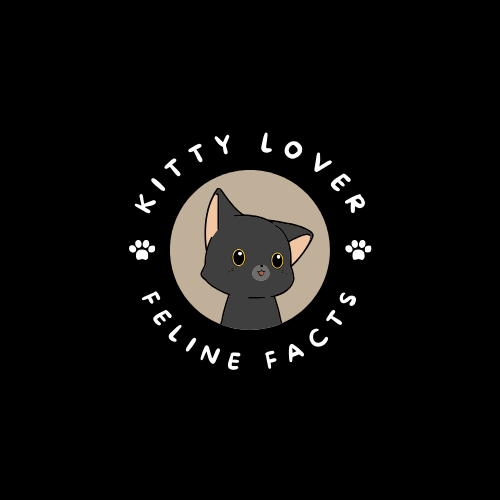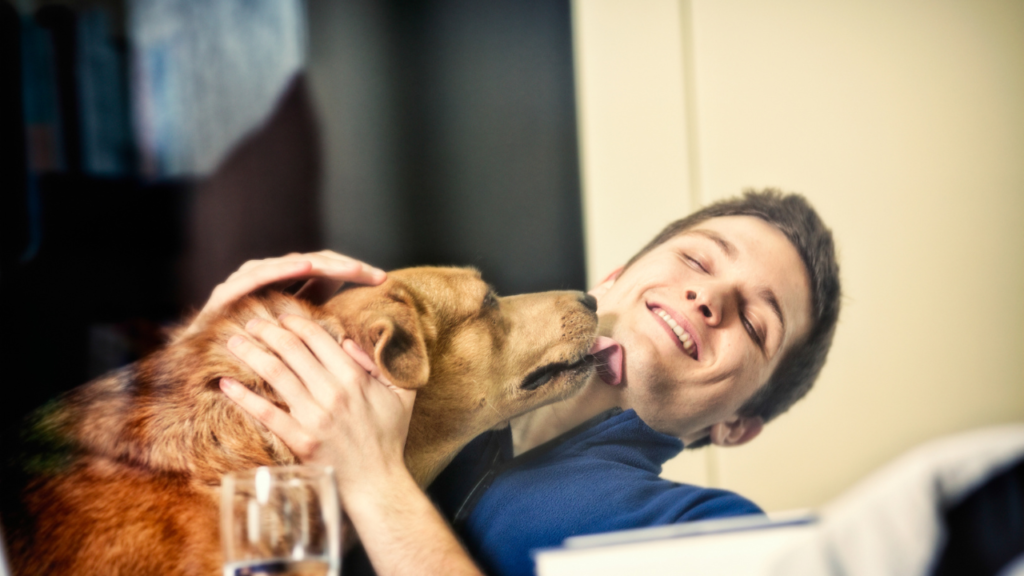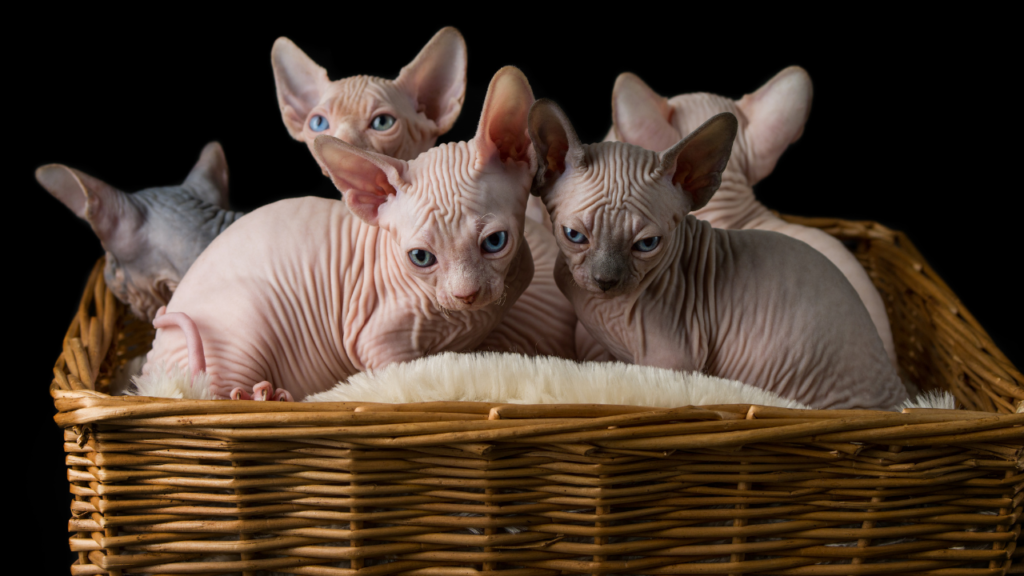300 cute cat names for your new pet.

You have every cause to be pleased about bringing home a new cat. Not only do you have years of affection and wonderful experiences to look forward to, but you also get to make loads of entertaining choices, such as which new cat toys to purchase. Some options are more practical, such as selecting your cat’s food, while others, such as exploring attractive cat names, can be really enjoyable.
But it’s okay if you’re feeling trapped, too. Naming a pet is an important decision, especially for training and identification, so we’ve collected a list of gorgeous names for your feline companion to help you get started. Perhaps one of these names will be your next cat’s name!
Cute cat names for girls.

You can give your lady cat whatever name you choose, but these cute names will make you smile every time you call her in.
- Abby
- Alice
- Annie
- Ariel
- Autumn
- Bebe
- Blossom
- Bonnie
- Buttercup
- Calla
- Cali
- Candy
- Cassie
- Chanel
- Cherry
- Clementine
- Cleo
- Daisy
- Darling
- Dinah
- Dolly
- Dottie
- Ella
- Eloise
- Elsa
- Eve
- Faith
- Fauna
- Fifi
- Fiona
- Foxy
- Gigi
- Ginger
- Glinda
- Gracie
- Hazel
- Heidi
- Holly
- Jazzy
- Jewel
- Josie
- Juniper
- Kaya
- Kit
- Kitty
- Lady
- Libby
- Lily
- London
- Louise
- Lucy
- Lulu
- Luna
- Mama
- Margeaux
- Marie
- Matilda
- May
- Mika
- Millie
- Mina
- Minerva
- Minnie
- Missy
- Moxy
- Nala
- Nina
- Olive
- Opal
- Ophelia
- Paris
- Peaches
- Pearl
- Penelope
- Penny
- Phoebe
- Piper
- Poppy
- Princess
- Queenie
- Quinn
- Rosie
- Roxie
- Ruby
- Sassy
- Sheba
- Stella
- Suki
- Tinkerbell
- Trixie
- Victoria
- Viv
- Wendy
- Willow
- Xena
- Yara
- Yuki
- Zara
- Zelda
- Zsa Zsa
Cute cat names for boys
Boy cat names can be cute, cool, or tough, just like your little tiger. What name fits them the best?
- Ace
- Alfredo
- Archie
- Arthur
- Ash
- Atlas
- Atticus
- Bandit
- Barney
- Basil
- Bobby
- Briggs
- Bubbles
- Bug
- Casper
- Charlie
- Chewy
- Cosmo
- Crouton
- Cyrus
- Dino
- Dobby
- Domino
- Eddie
- Edward
- Elvis
- Figaro
- Finn
- Fitz
- Flynn
- Garfield
- Gatsby
- Georgie
- Goose
- Groot
- Hamilton
- Hobbes
- Houdini
- Jeeves
- Jet
- Lars
- Lenny
- Leon
- Link
- Loki
- Louie
- Ludo
- Malfoy
- Marvin
- Meeko
- Milo
- Morty
- Mr. Darcy
- Mufasa
- Mushu
- Neo
- Neville
- Nimbus
- Nico
- Ninja
- Olaf
- Oliver
- Ollie
- O’Malley
- Otto
- Pip
- Prince
- Ralph
- Rambo
- Reeces
- Romeo
- Ron
- Ronan
- Rufus
- Ryder
- Saint
- Salem
- Sammie
- Sheldon
- Simba
- Simon
- Sol
- Soren
- Sylvester
- Teddy
- Thor
- Tiger
- Timber
- Toast
- Tommy
- Totoro
- Toulouse
- Tux
- Wilbur
- Winston
- Yoshi
- Zac
- Zeke
- Zephyr
- Ziggy
Cute cat names for girls or boys
Perhaps your cat isn’t super girly or boyish, or maybe you can’t tell your cat’s sex yet! That’s OK — you can look for one of these unisex names for your pet.
Alaska
Anise
Apricot
Bean
Bee
Berry
Birdie
Bowie
Boo
Boots
Buffy
Bunny
Butterscotch
Chai
Churro
Cinder
Cinnamon
Clover
Cookie
Cricket
Cuddles
Curry
Daffy
Denali
Ducky
Dumpling
Echo
Ember
Emery
Emmerson
Fern
Ferris
Fig
Fluffy
Frankie
Fury
Ginko
Gizmo
Gogo
Harley
Hedwig
Hero
Izzy
Java
Jazzy
Jellybean
Kit Kat
Kiwi
Kona
Licorice
Magic
Mango
Marmalade
Matcha
Miso
Mittens
Mocha
Mochi
Montana
Muffin
Nibbler
Nilla
Noir
Onyx
Orca
Oreo
Padfoot
Patches
Peanut
Pepper
Pinky
Pita
Puddin
Pumpkin
Rain
River
Rory
Rugby
Sage
Saki
Scout
Skittles
Smudge
Snowball
Socks
Stormy
Sunny
Sushi
Taro
Twix
Umber
Waffle
Wasabi
Waverley
Weasley
Whiskers
Xenon
Yarrow
Zazzles
Zen
Is it a head start, or what? These 300 names may seem overwhelming, but you are not required to choose any of them. Do not get ahead of yourself. Your cat’s name will stay with them for the rest of their lives, so take your time choosing one that is truly appropriate. Maybe your tabby cat matches a name like Stripes, or maybe your brand-new kitten gets excited when you say one word aloud. There are numerous methods to come up with the perfect name for your new pet, but the first step is to let your creativity flow.
300 cute cat names for your new pet. Read More »

























